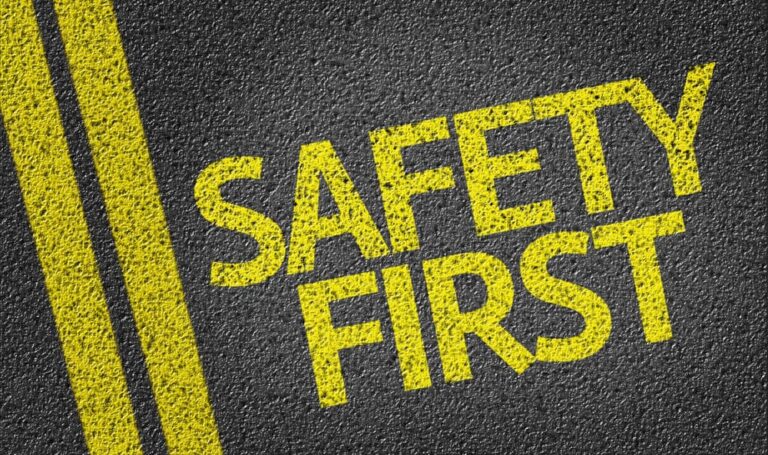Businesses started reopening this month in Texas, but with a vaccine for COVID-19 still on the horizon, it will not be “business as usual” for the foreseeable future.
Texas Gov. Greg Abbott in announcing another phase of business reopening’s on May 18 said: “Our focus is to keep you safe, while also restoring your ability to get back to work, to open your businesses, to pay your bills, to put food on your tables.”
Abbott went on to stress safety: “Let’s be clear: COVID-19 still exists in Texas. Our goal is to find ways to coexist with COVID-19 as safe as possible.”
In the COVID-19 pandemic era employees and customers are expecting certain safety protocols put into place by employers.
“The businesses that will survive and thrive are the ones that can be flexible and adaptable to consumers’ new and evolving needs,” said the U.S Chamber of Commerce.
Employer Flexible has compiled a “Return to Work Guidelines” that is a playbook highlighting key issues, especially workplace safety, for Texas businesses reopening.
Of course, this is not a one-size-fits-all situation so every business’s plan will look different. Employer Flexible recommends that employers consult medical and legal professionals for advice.
Employers should continue to monitor local, state and federal closure orders and re-opening guidelines.
The six-page “Return to Work Guidelines” covers a lot of ground including the following workplace safety topics:
Health Screening Procedures
Before COVID-19 the idea of taking employees temperatures at work was something you only saw in the movies but now it may be a reality as businesses ensure their workplaces are as safe as can be.
First, your company needs to decide what type of health screening you will conduct for employees returning. If you want to do temperature checks, then you must decide if you want it done by internal employees or outsourced to a third-party.
Local and state laws should be checked and monitored when considering any health screening procedures.
Preparing Your Building
Not only do you have to prepare your building for a normal return to work such as checking fire alarms, fire extinguishers and HVAC systems, but you have to clean and sanitize things at a level you might not have done before.
Common areas such as break rooms and bathrooms should get extra attention on an ongoing basis.
Developing a Pandemic Response Team
Your Pandemic Response Team should be a committee that meets on a regular basis to keep tabs on your company’s safety practices, social distance monitoring and general COVID-19 response. This team should openly communicate with your employees and the public.
Developing a Pandemic Exposure Response Plan
You hope to never use it, but a plan must be in place in case of COVID-19 exposure at your business. Procedures should spell out isolation, containment, stay-at-home requirements and contact tracking steps. Exposure must be reported to affected staff in a timely manner.
Providing PPE (Personal Protective Equipment)
Decide what type of PPE you provide to your employees such as masks and hand sanitizer and if the use is mandatory or optional.
Detailing Cleaning Procedures and Procuring Supplies
New cleaning procedures and a method of procuring needed supplies should be detailed.
Establishing Physical Distancing Measures
Figure out a way to keep employees physically apart by methods such as staggering shifts or lunch breaks; rotating weeks between work-at-home and the office, moving workstations apart; closing common area; and creating one-way traffic flows.
Restricting Business Travel
Unless it is essential, business travel should be restricted until COVID-19 cases decline across the country and the world.
Defining Customer and Visitor Contact Protocols
Establish procedures for keeping customers distanced from each other and your employees such as limiting the number customers into an area at one time. No handshake, or even fist bump, greetings as social distancing guidelines (three to six feet) should be met.
Record-keeping and Reporting Obligations
Do not forget record-keeping and reporting regulations, especially if a COVID-19 exposure occurs at your business.
Download the full “Return to Work Guidelines” here and check out our additional COVID-19 resources available to Texas employers.






